
As a daily user for training load, intensity and recovery monitoring, Harry Körner uses the Firstbeat Sports monitoring its full potential. Discussing his work with Liechtenstein’s FC Vaduz soccer club, which competes in the Swiss Super League, he explains, “It’s not just about heart rate data, but the outputs we are able to derive analytically from the data; metrics like VO2max, EPOC, and Trimp.”
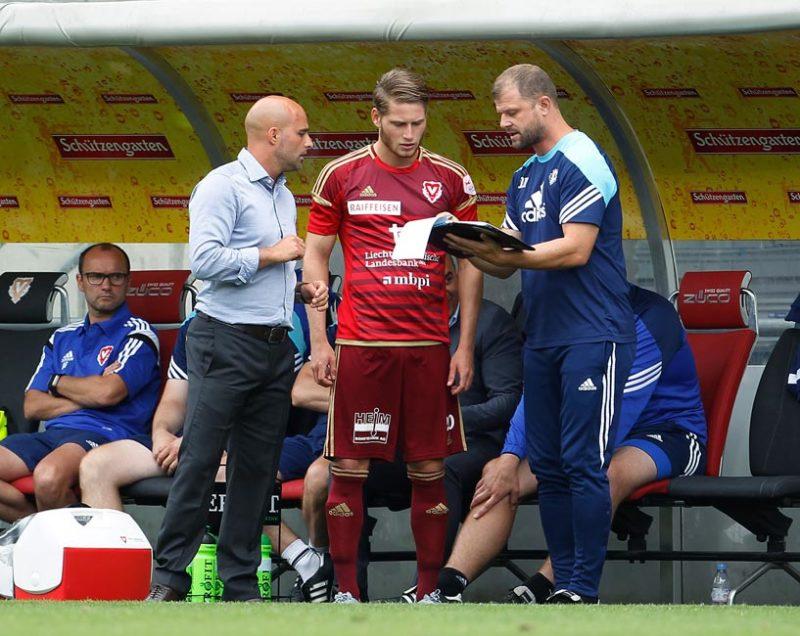
Photo copyrights: Eddy Risch
“Our sports director is quite open minded,” says Körner regarding the integration of the Firstbeat Sports platform with the team’s daily training activities, “and we understand that these days it’s practically impossible to compete without the data we get from our physiological monitoring efforts. With that understanding, it was fairly simple to bring the Firstbeat system into our training programs.”
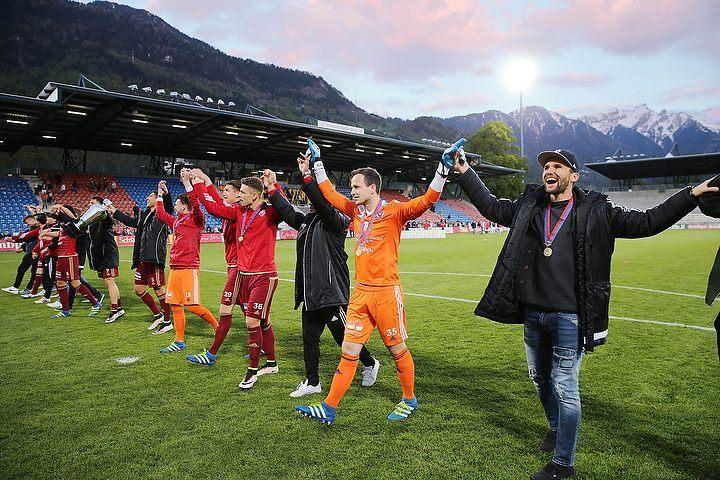
Photo copyrights: Eddy Risch
As a smaller club attempting to compete with larger teams, optimization and efficiency are underlined in nearly everything FC Vaduz does. “Compared to a club like FC Basel [poised to capture a record 8th consecutive Swiss Super League title in 2016-2017] we have to manage our resources very carefully to even have a chance. In this effort, Firstbeat offers us good answers to the challenges of how we can keep our best team on the field, and we have been able to integrate the information we get from it into nearly every aspect of our training work.”
Team managers see value not only in terms of performance enhancement, but also in injury prevention through the monitoring of fatigue accumulation and overtraining avoidance. Attention to this aspect is already paying dividends. “We have been spared muscular injuries so far this season, which can likely be traced back to our monitoring efforts,” Körner relates. “Because we get concrete accounts of each player’s training load, we can immediately see what type of training would be the most beneficial. Maybe a lighter, recovery inducing, training is needed to minimize the risk of overtraining.” Ultimately, better understanding of training loads means being able to push harder without crossing the lines into elevated risk areas.
Körner also describes the role of monitoring in critical return-to-play work as he guides injured players back to form. “Last season, I was working with two players, both of whom were added to our roster with lingering effects of previous injuries, and now they are both fully restored to playing form. Injured players obviously have low workload tolerances, and access to the loading data I got from Firstbeat meant I had precise control over their training efforts in real time. I could monitor their training intensity in detail and predict the effect each session would have on their cardiovascular system.”
Access to personal training and recovery data facilitates better communication with the medical team and provides the basis for clear exercise prescriptions. “Our team’s doctors provide advice about how hard a player should be working, and with the Firstbeat system I can follow their performance and stick to the program.” It also guides conversations with players, confirming progress and providing motivation. “It’s important to remember that the reintegration process can feel pretty slow to the player, and the work they do at the beginning of the rehabilitation process may not seem like it has much in common with what they recognize as football training. That’s where we can use data to show them in real terms where they are now, how far they’ve come, and how much further they need to go to get back on the field.”
Interested in learning how Firstbeat’s Quick Recovery Test is applied in soccer? Listen to the Firstbeat Sports Podcast
All of this work is supported and made easier through Firstbeat’s integrated cloud storage capabilities. As Körner explains, “After the players finish working with their rehabilitation coach, I can access the data immediately. This is necessary in an environment where we have a lot of players working with different coaches and trainers. We are working towards that next performance level, so it is important that everyone has access to the most recent data for the player.” The result is a transparent path towards optimization for trainer, team and player alike.”
While data is vital to the process, Körner affirms the vital role of personal experience and encourages trainers to use what they see to guide decisions. “You should never lose your sense of feeling for training.”
As a result, we can navigate the balance between undertraining and overtraining for each athlete. I also can monitor energy expenditures, and use the Quick Recovery Test for immediate access their individual stress and recovery status.”
When it comes to prevention of injuries and reintegration of injured players, Harry Körner has recognized and utilized the potential of the Firstbeat Sports System to the full. The players see this as an individual benefit for themselves and appreciate it. “With the system I can give the trainers a loadable team that is motivated and interested in their own growth”, Körner closes.
For more insights, and to find out more about how Firstbeat Sports can help monitor your athletes’ internal load download our free guide.
Header photo copyrights: Eddy Risch
If you liked this article, you should subscribe to our mailing list.
Give your team the Firstbeat Sports competitive advantage.
Contact us for more information or get a quote.
You might also be interested in
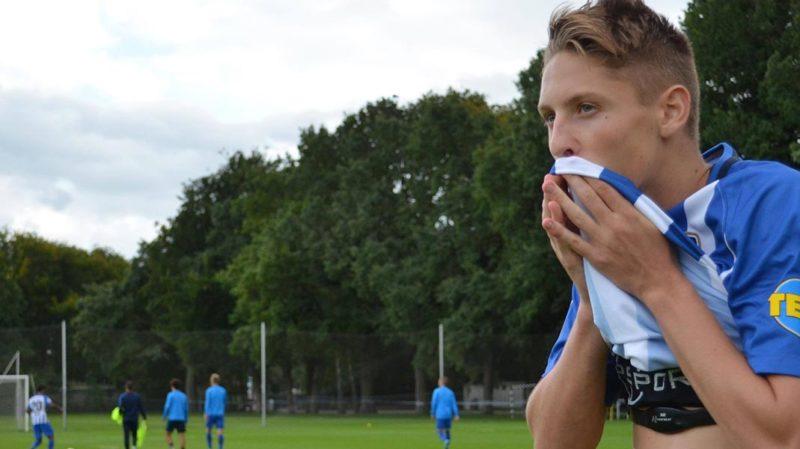
Hertha BSC Trainer Henrik Kuchno Talks Data in the Bundesliga
Using the Firstbeat Sports platform to monitor training allows Hertha BSC to quantify training loads and watch those loads accumulate in real time.
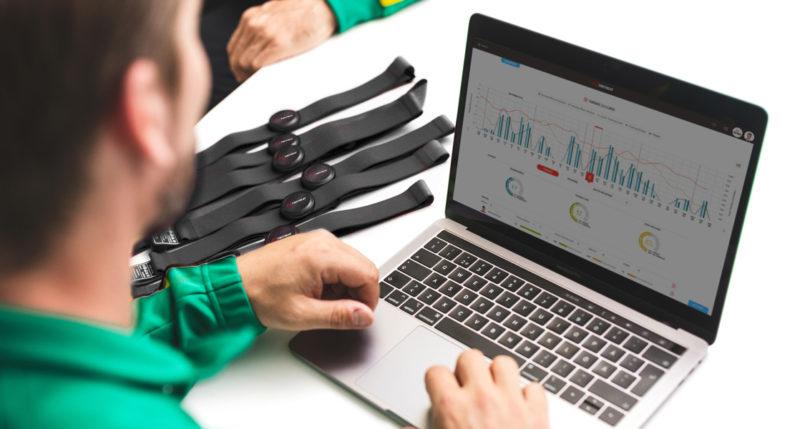
Training Status: the Balance of Training for an Individual Athlete
A comprehensive breakdown of the Training Status feature in Firstbeat Sports.
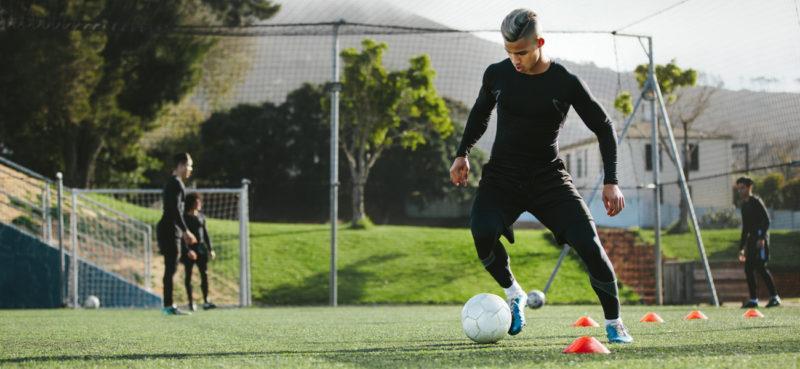
Why Monitor Internal Load in Elite Sports?
A look at the what, how and why of internal load monitoring and why it should form part of your training program.

